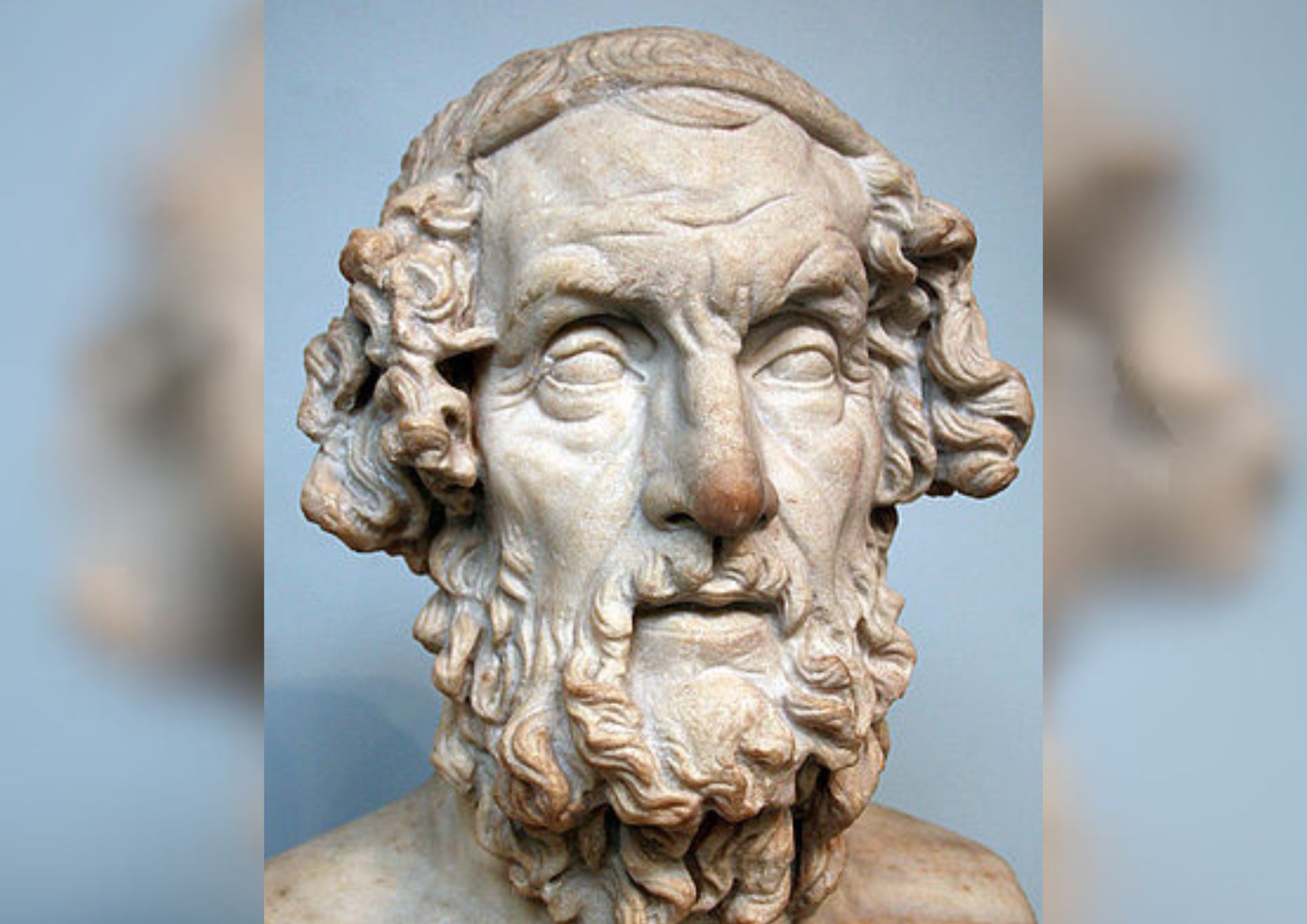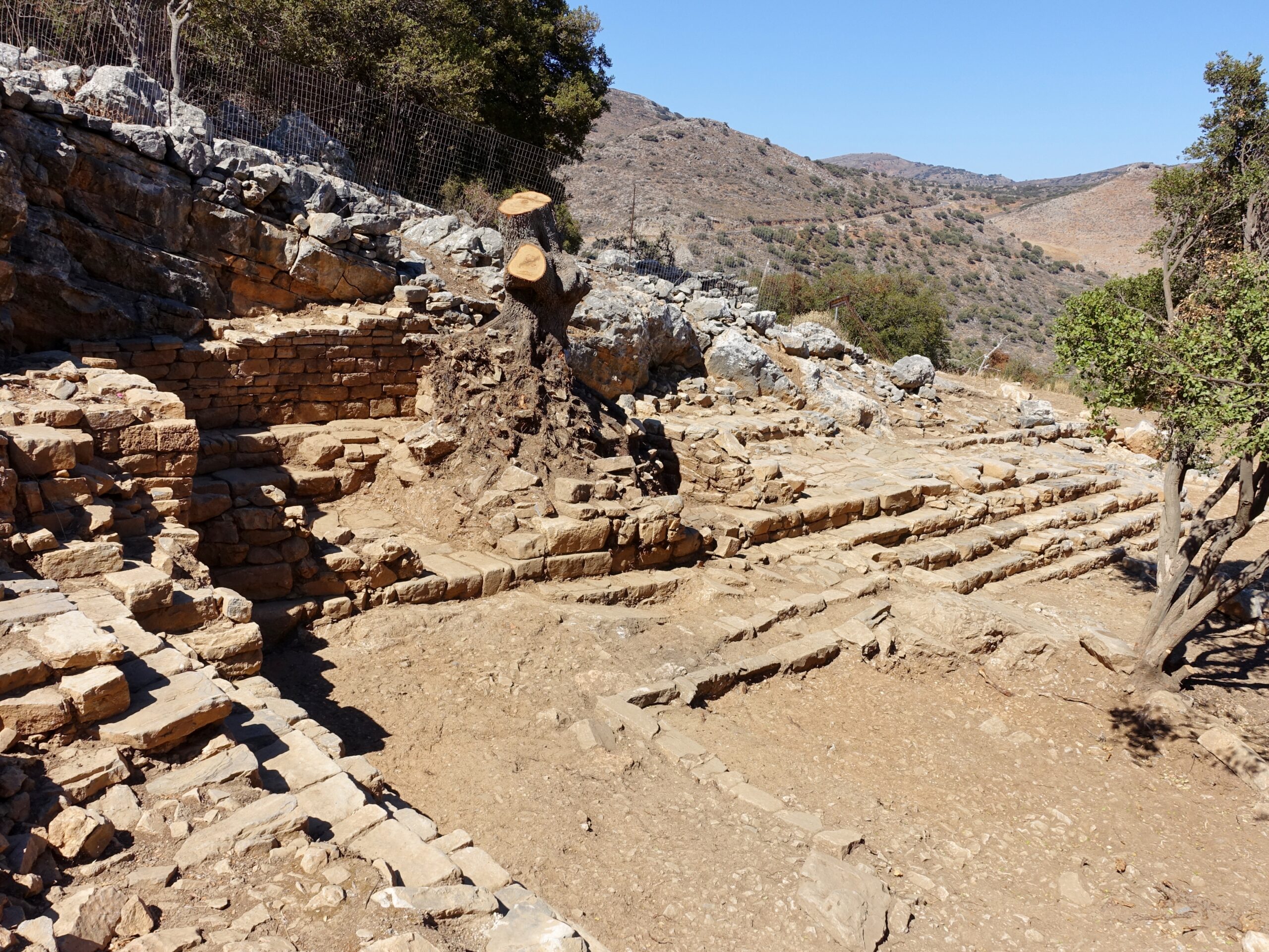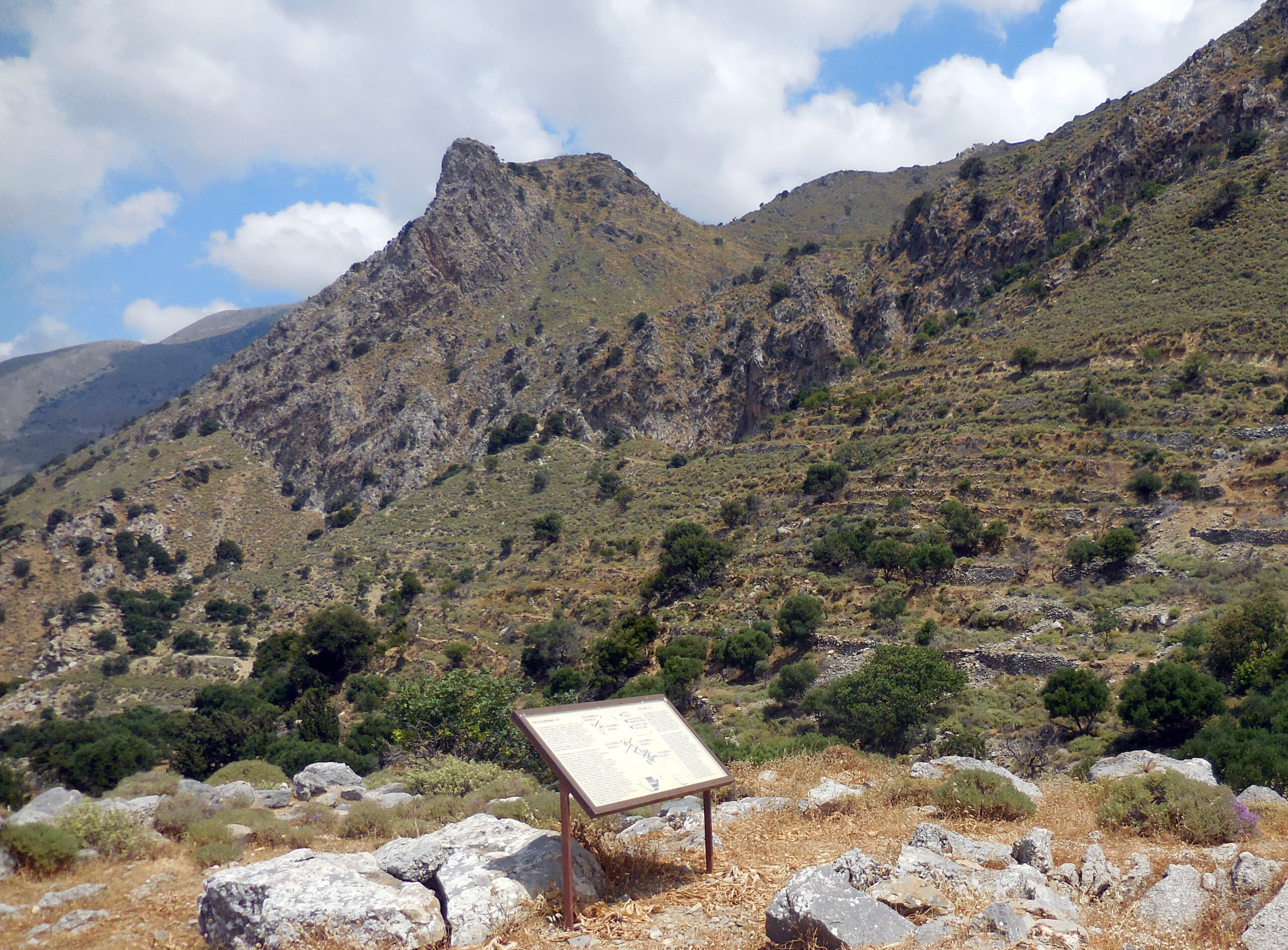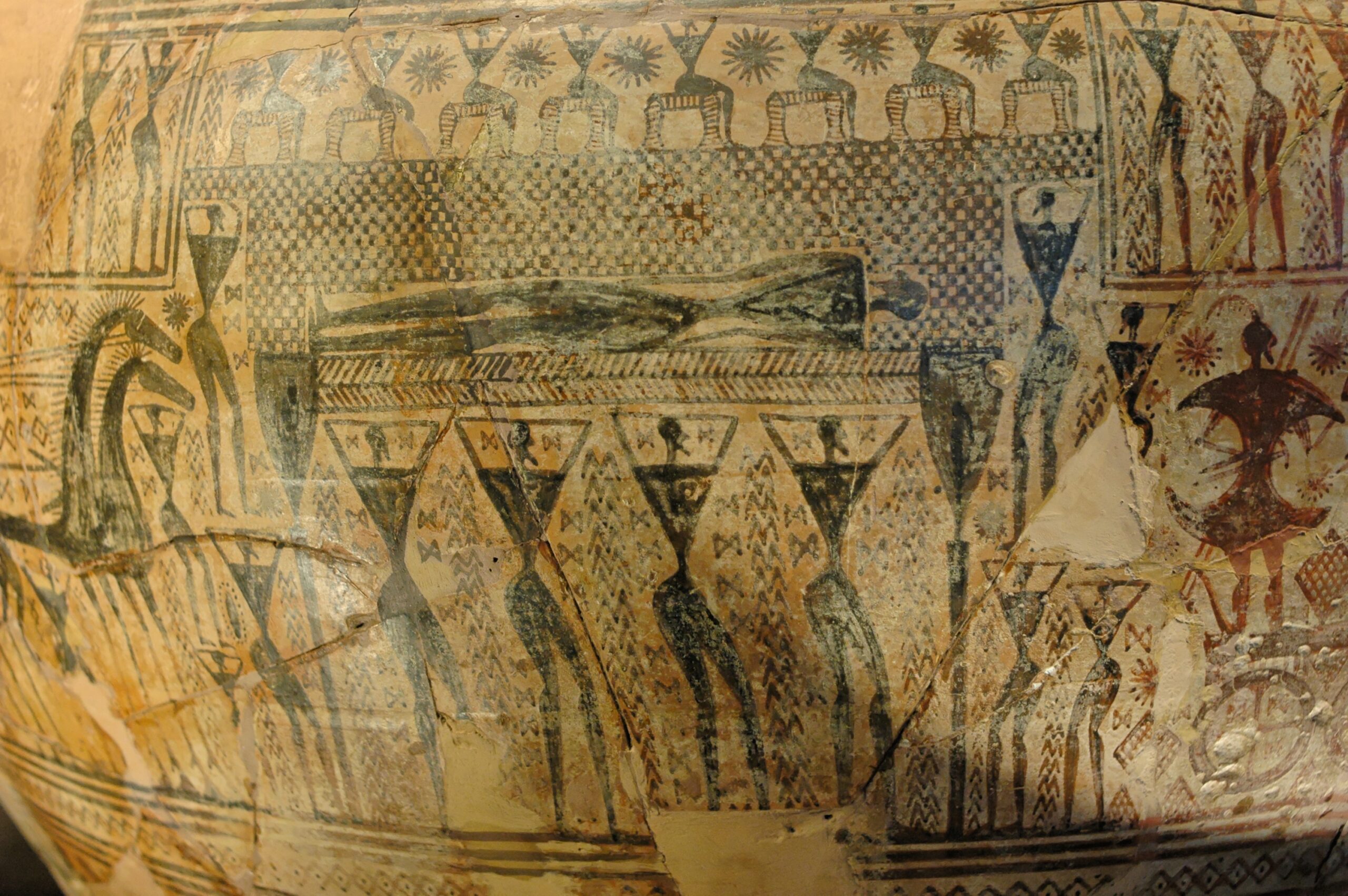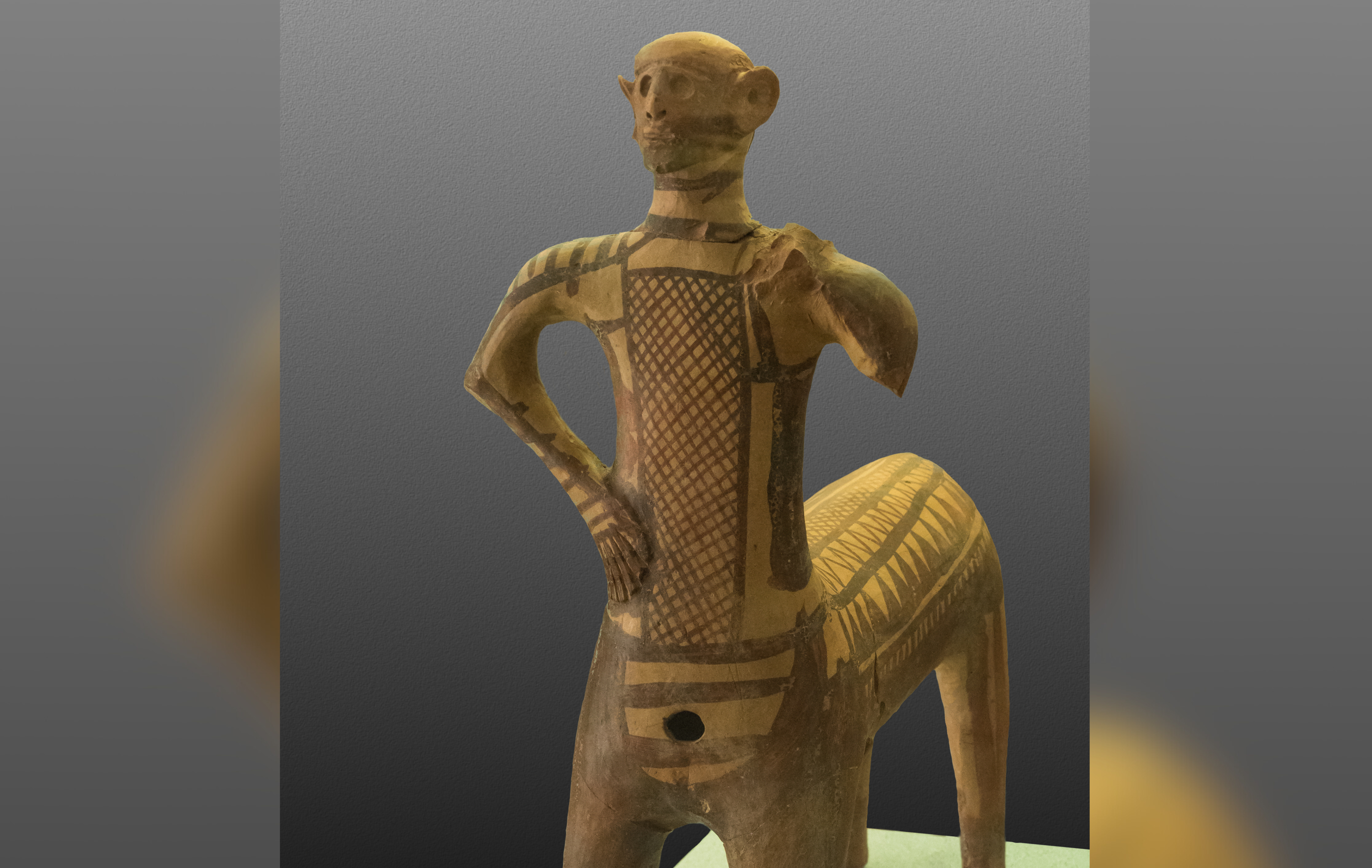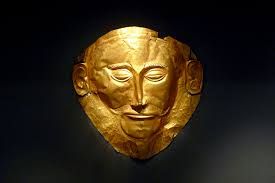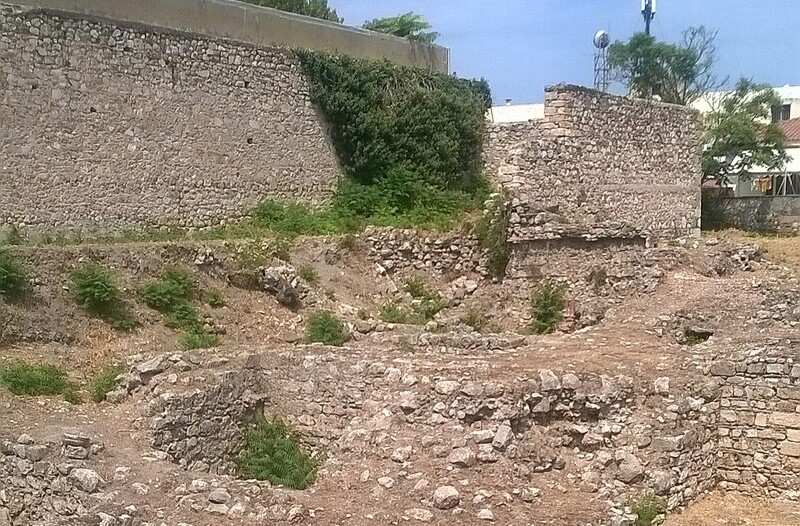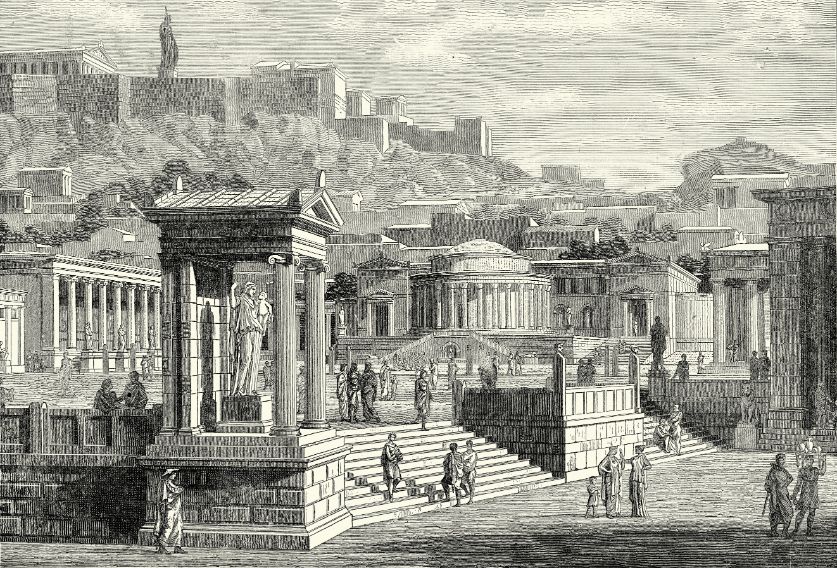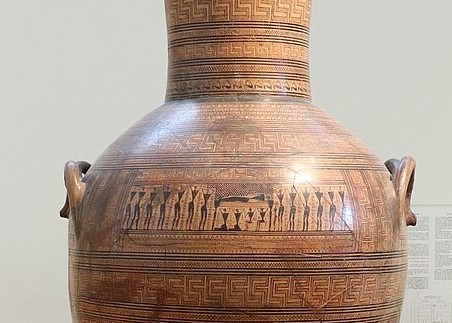The Ascendance of Tyranny in Pre-Classical Greece
In the tumultuous landscape of preclassical Greece during the Archaic period (circa 800-480 BC), dissatisfaction with aristocratic rule ignited the rise of tyrannies, a significant political transformation marked by ambitious individuals seizing power unconstitutionally, often with popular support. In Corinth, growing discontent among wealthy merchants and disenfranchised citizens paved the way for charismatic leaders. Cypselus emerged as a pivotal figure, initially part of the aristocracy, who cultivated the support of the common people by promising reform.In 658 BC, he orchestrated a coup to become Corinth’s first tyrant, ushering in an era of economic prosperity and improved public infrastructure that won him widespread popularity.
Inspired by Cypselus’s success, other city-states witnessed similar uprisings, including Cleisthenes in Sicyon, who celebrated the arts to gain favor, and Peisistratus in Athens, who entered the city in a grand chariot, claiming to represent the will of the people. Peisistratus implemented significant land reforms and sponsored artistic projects, elevating Athens’s status and laying the groundwork for democracy. Meanwhile, military innovations like the hoplite phalanx empowered citizen-soldiers seeking greater political influence, often aligning with tyrants.
However, the fragility of these regimes became apparent as rival factions vied for control, leading to cycles of tyranny and revolt. Ultimately, the rise and fall of these early tyrants significantly shaped the political landscape of Greece, illustrating the complexities of power and the persistent quest for equity in a divided society while paving the way for more inclusive governance in the Classical period.


